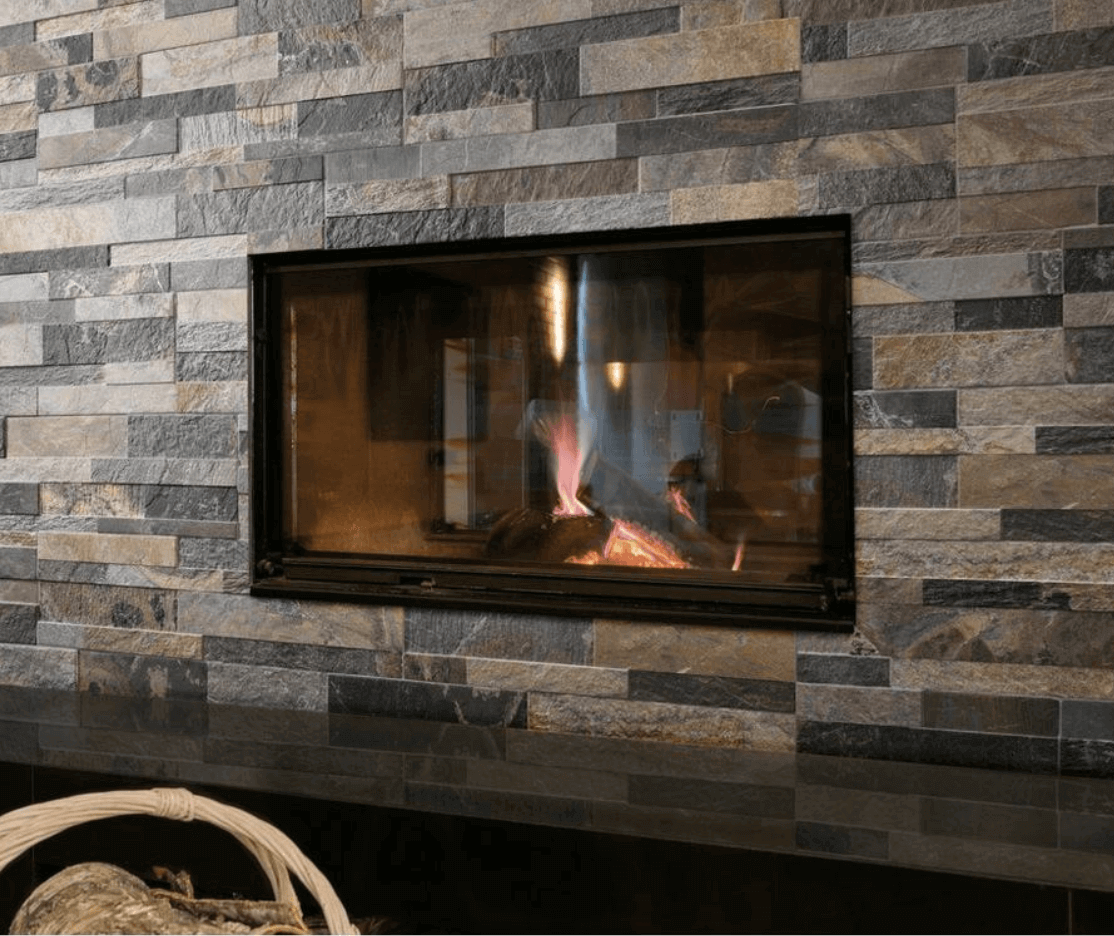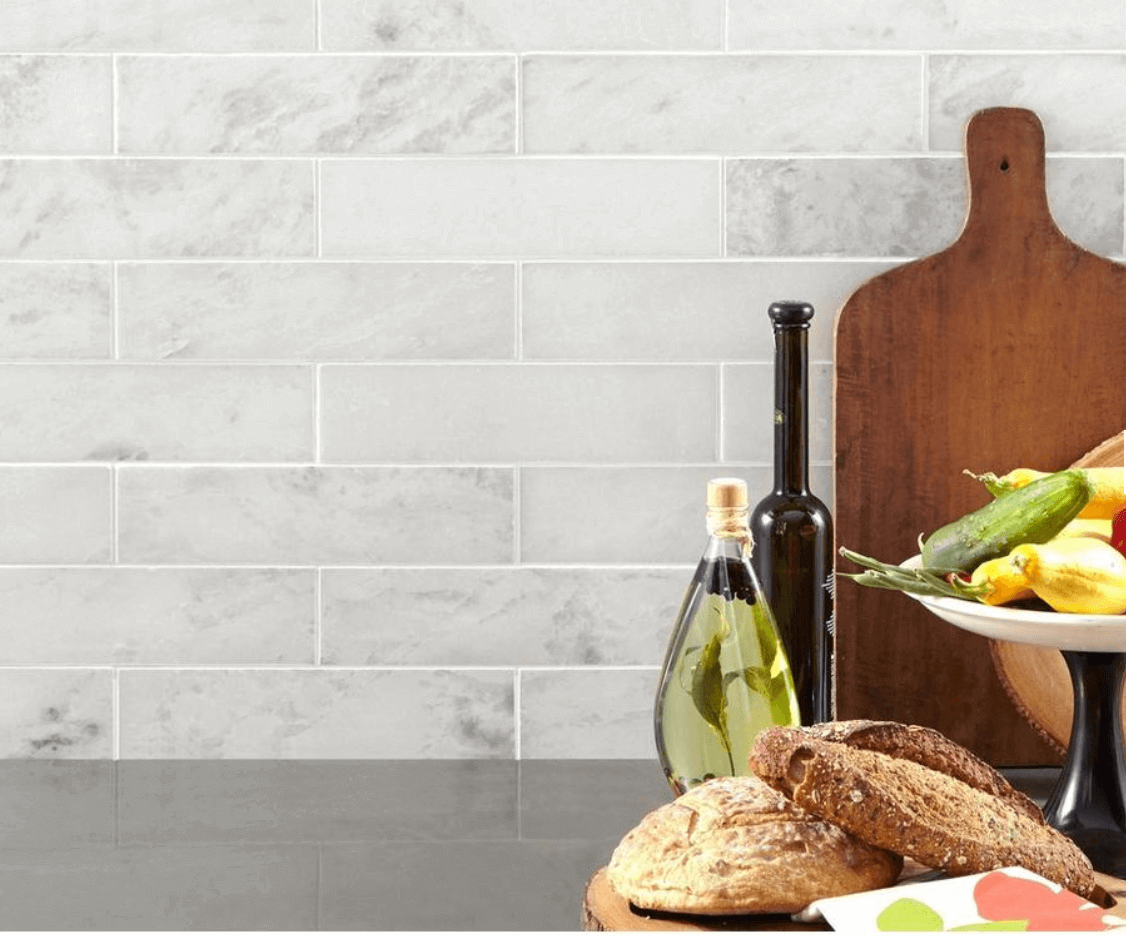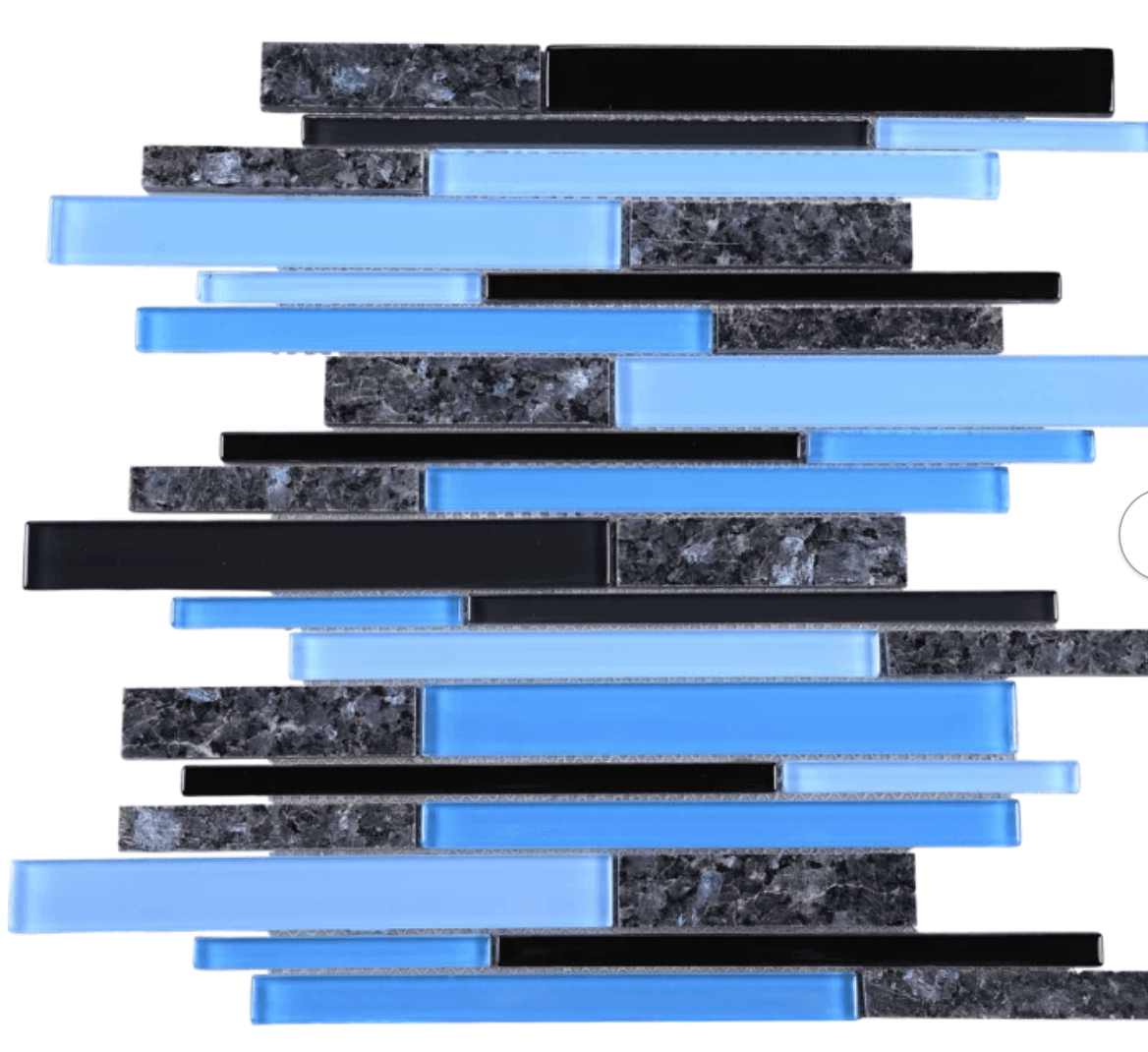November 25, 2019
The backsplash is an important but easily overlooked part of a kitchen remodel, and folks generally don't know the best material for a kitchen backsplash. Or where to start. After all, it's supposed to compliment the countertop and coordinate with the floors, cabinets and is a focal point of the room.
Having done thousands of these over the years, I've put together this buying guide to point you in the right direction.
Ok, first up...
When choosing your backsplash material for your kitchen, the very first thing you need to keep in mind is your lifestyle. This alone will dictate the most suitable material for your backsplash. Then from there, you can work out what looks you like.
That way, you get something that looks great and is functional. So, for example, if you don't entertain/cook often, you can pretty much go with any material you like. Still, if you cook daily, you will want to steer clear of certain materials like natural stone that require more maintenance over the years.
Let's look at the pros and cons of the major materials used for backsplashes.
Now let's go through each major one so you can see if it works for you:
Ceramic (or porcelain) tile for a kitchen backsplash is the most popular and widely used option mainly because it's very resilient, most economical out of other options. They often come in complimentary sizes with larger field tiles for the floor.
I've seen people put huge field tiles on the backsplash - I'd advise against it mainly for lack of creative design. I mean, if you want a minimalist look with little grout lines, then do a larger field tile.
Otherwise, go for the smaller formats like 3 x 6, 3 x 8, 6 x 6, 6 x 13, 4 x 4, or any other similar sizes. This allows you to really get creative with your color and design selection and fully make use of the limited space your backsplash has.
If you want to go with a mesh-mounted mosaic (pictured), then you have an array of excellent choices that mimic just about any look you like. Here is a backsplash mosaic that simulates the natural look of slate - without the maintenance and worrying about the tile chipping, peeling, and cracking over time.

If you opt to go for this option, go with a glazed ceramic or porcelain tile. These are virtually impossible to stain as they barely absorb anything, which means everyday household items found in the kitchen like sauces, cooking oils, wines, etc., wipe right off. They're also very heat and fade-resistant, so nothing in your kitchen will be able to hurt it.
Go with this option if you're looking for a bulletproof tile that will last forever and with very little upkeep.

Glass tiles for a kitchen backsplash have fast become the "in" thing, and with good reason: they come in a gazillion different sizes, colors, and mesh-mounted mosaics, super easy to clean, and can make a backsplash pop.
They first gained popularity in restaurants, home bars, and bathroom backsplash areas, where they bring out the smaller sinks, faucets, and countertops even more.
Folks who go with glass tiles usually want something slightly different from what porcelain or ceramic tile offer. Glass tile comes in so many different finishes like plain and shiny (pictured), "cracked," frosted, and infused.
It's not anywhere near as tough as porcelain, but how tough do you need it to be on your kitchen wall? Unless you're habitually throwing barbells at it, the tile will last and look great for many years. Since glass tile usually comes in a higher gloss finish than other backsplash options, be aware it's more likely to show imperfections like streaks, etc., if it's not kept pristine.
So when you put it up against the wall, assess how any outside light hits it so you can decide if it'll work for you.
Go with this option if you're looking to make a real impact and draw attention to the backsplash area.
There's nothing more beautiful than natural stone on a backsplash to complement countertops, but you need to know what to expect with natural products.
These are much softer than your porcelain or ceramic tile and are porous, so they stain pretty easily. That's why natural stone backsplash tile must be well sealed before regular use.
If they are not, they will absorb stains like a sponge, and the only way to remove the stain is to remove the tile. An excellent penetrating stone sealer like Aqua Mix will fill all the micro holes in the stone, making it resistant to everyday kitchen products.
If you clean your backsplash regularly and cook often, you might want to reseal it every year. So the maintenance for this material is relatively high if you entertain a lot, which you need to be aware of before getting natural stone products.
If you're showcasing a home or don't cook much, this is a beautiful choice.

Natural stone is timeless and never goes out of style, so it's always a safe choice if it's suitable for your home. Expect to pay considerably more on natural stone backsplash tiles and mosaics than other materials. Some installers will also charge more to lay them, so check with them beforehand.
Finally, you will need a different grout when putting in natural stone, so you want to go with an unsanded grout instead of a sanded.
Hybrid mosaic tile is a combination of different materials like glass and natural stone, or porcelain and glass, or even a mixture of all three. Relatively new, these backsplash tiles are designed to get the best of both worlds.
So, for example, if you have one mixed with natural stone and glass, you get the timeless beauty of the stone but with the impact of the glass pieces. These are getting increasingly popular because they are so flexible.
They almost always come on a mesh, so installation is very straightforward. Now a common question I receive with this tile type is, "is it necessary to seal the natural stone portions of the mosaic?"
The short answer is it's probably a good idea to do so only if your kitchen is used heavily daily and your backsplash would get a lot of attention as a result. Otherwise, the presence of the glass helps offset sealing the natural stone portions.

Plus, it would be very tedious doing so across an entire backsplash as you would need to ensure the sealer doesn't stay on the glass for too long. In my experience with this material, folks don't seal it for everyday use, and it holds up very well!
Go with this option if you want a middle ground between the plain ceramic/porcelain look and the more eye-catching glass.
Stainless steel or metallic backsplash tile includes those in all colors and finishes like stainless steel; oil rubbed bronze, brushed nickel, etc. They can come in coated forms or solid, but this type of tile needs a little explanation because if you use it wrong, it can be a nightmare!
These tiles are best suited as inserts/accent pieces rather than blanketing the entire area. That way, you can still bring in the silvers, chromes, and steel colors without worrying about keeping it streak-free.
However...
This material has a "grain." If you hold the tile one way, it runs in an east-west direction, and if you turn it around, it'll look like the grain is going north-south.
If you do the entire section with this material, be aware of installing it with the same grain direction; otherwise, you will get patches of two colors. If it's installed "correctly" with the grain running horizontally (like your appliances), you will get the classic silver look.
When installed vertically, the tiles take on a blue look from a distance, and if you mix and match them, you will have clear patches of both.

When you clean them, clean with the grain.
You often see this type of backsplash tile in glitzy restaurants, bachelor pads, and display homes. They also work perfectly with kitchens that have stainless steel appliances and fixtures.
From experience, you need to be extra careful when installing these types of tiles as they can scratch and ruin the face of the material. It's best to keep the protective plastic sheet on until after installation.
Go with this material if you're going for a striking Bladerunner look 🙂
Having worked in retail flooring for almost 20 years, I can tell you it will be significantly cheaper and quicker to buy your backsplash material online and have a competent installer put it in.
I usually buy backsplash materials for my clients from either of these three online retailers below. They're particularly good at shipping things quickly and cover all of the US, just like a Home Depot or Lowe's, but with a much better selection, pricing and they have some kitchen backsplash tile that you can't get elsewhere.
Quick Tip: Each store has an overwhelming number of options/products to look at, so use their convenient sorting tool, which allows you to narrow down your options super quickly!
 |  |  | |
|---|---|---|---|
If you go through retail, not only will you pay between 20%-50% more for the same materials, but you usually have to wait a lot longer to get it installed because a good portion of these backsplash materials are special order and take between 1-6 weeks to arrive. If you'd like it sooner than that, order them online, and you'll usually receive them within a few days.
Depending on your installer, you may be able to negotiate with them to include the thinset, grout, and other required materials into their quote. Most are happy to provide this anyway as they have their go-to brands, so keep this in mind.
Unless there is a compelling reason to use a different material for your kitchen backsplash, stick with one of the five reviewed in this guide, and you can't go wrong.
Figure out how often you use your cooking area, then go with a material that both suits your lifestyle and looks great. Keep in mind that kitchen backsplashes transition between the countertops and cabinets, so the more you can pull from both, the better flow you will have.
The other option is to use a completely different color as a contrast. Both are beautiful, so it's going to get down to your taste.
Finally, don't shy away from a particular material because of the price. Remember, most backsplashes range between 30-50 square feet, so you're not looking at large areas like if you were doing your floors.
I hope this overview has been of help selecting the best backsplash tile for your kitchen!
Please reach out should you have any questions.